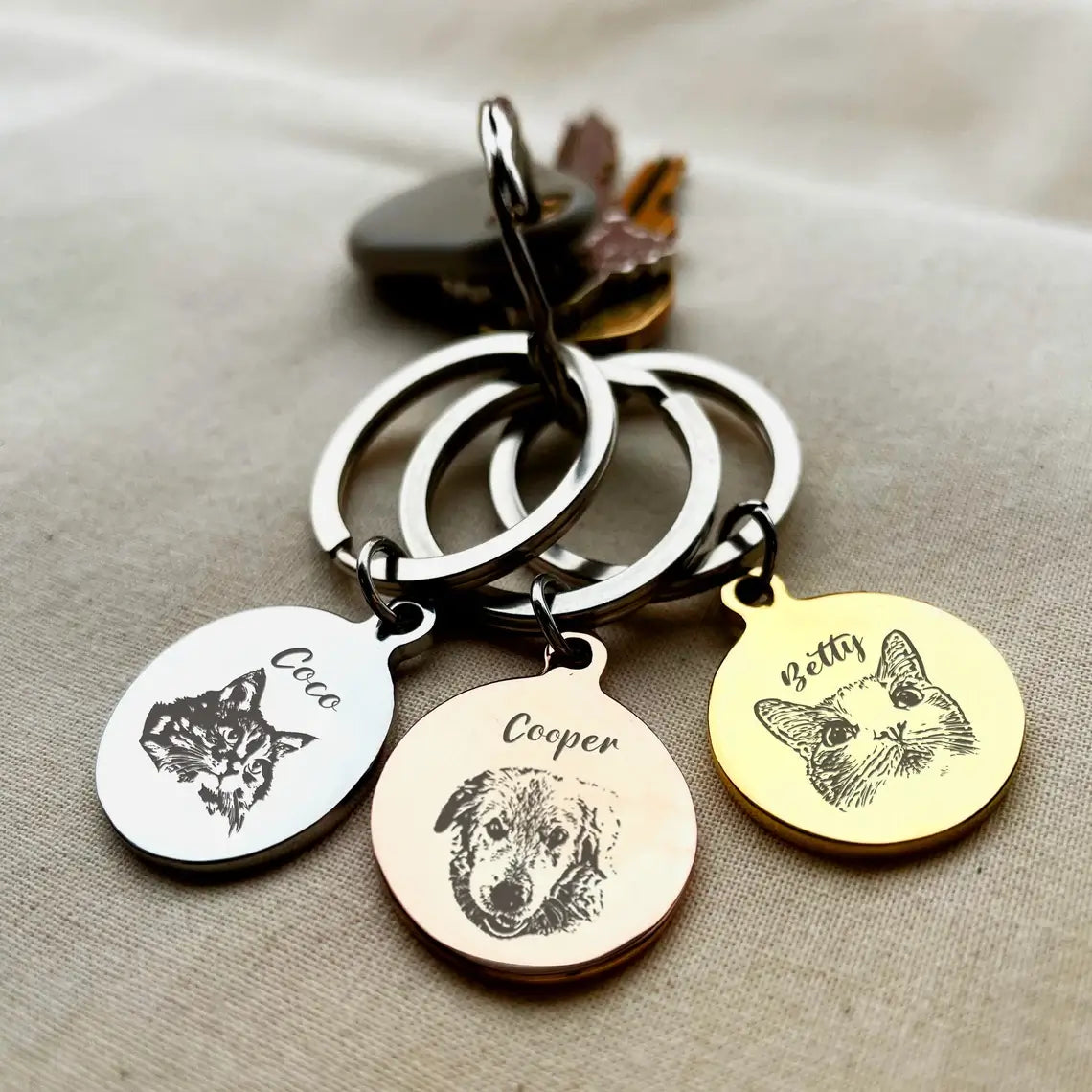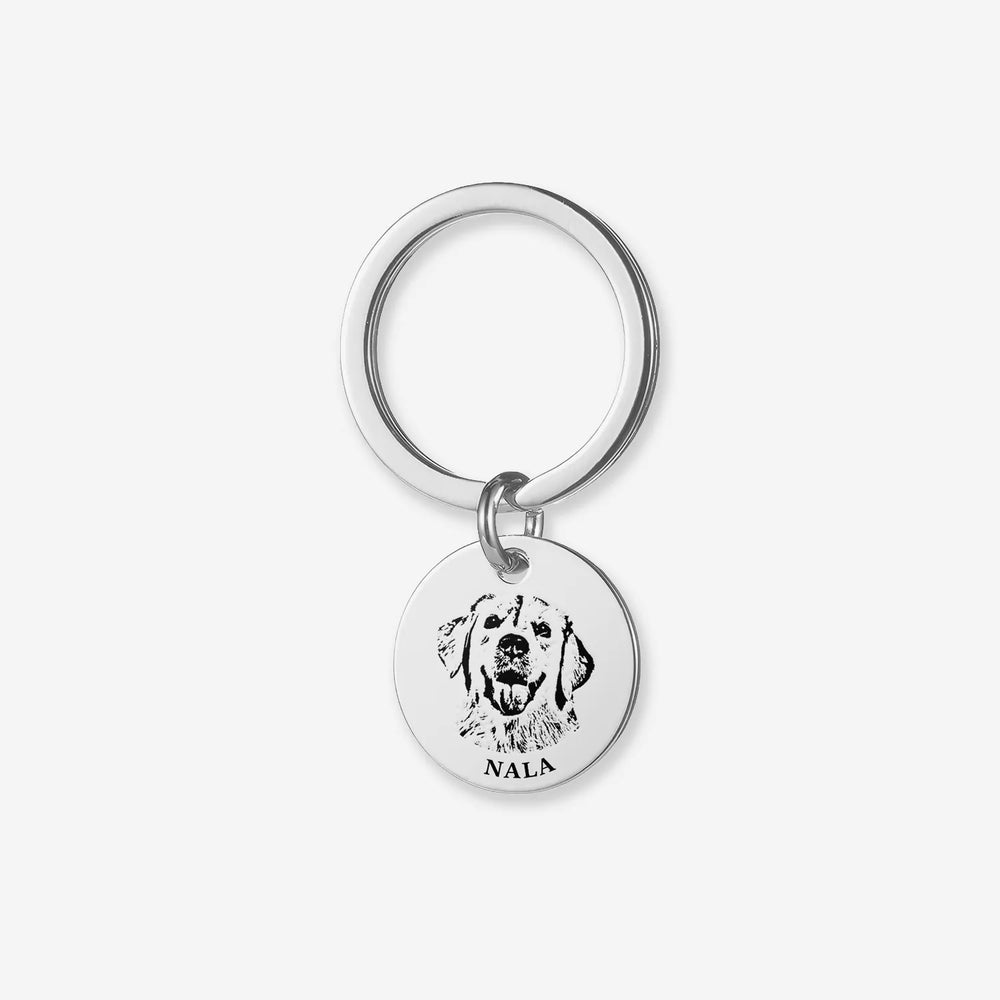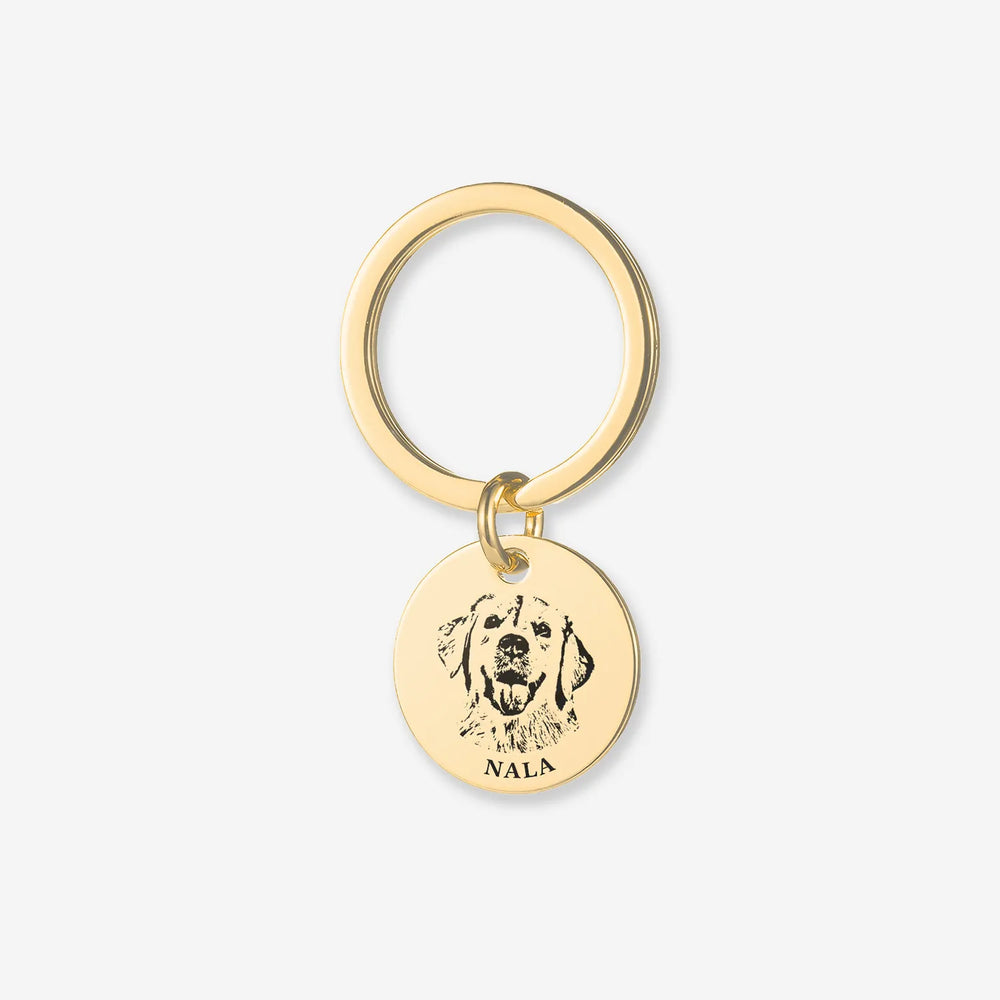Buy One, Get One FREE
Determining a Pet's Age by Their Teeth & Pet Dental Health 2024

Hello everyone, today we have an interesting topic about pet dental health. I have compiled four questions and answers related to pet dental care. Let's take a look together.
- How many teeth do puppies have?
- Why are my dog's teeth black?
- What do a 2-month-old puppy's teeth look like?
- How can you determine a dog's age based on its teeth?

How many teeth do puppies have?
Puppies have a total of 28 baby teeth, consisting of twelve incisors, four canines, and twelve premolars. After they finish teething, they will have 42 adult teeth, with twenty in the upper jaw and twenty-two in the lower jaw. The upper jaw has six incisors, two canines, eight premolars, and four molars, while the lower jaw has two additional molars.
Why are my dog's teeth black?

A dog's teeth may appear black due to plaque buildup. The mouth is an environment filled with various microorganisms, and plaque acts like a "bacterial community" that settles on the tooth surface, between teeth, or on dental restorations.
To maintain your dog's oral hygiene, you can brush their teeth. It's quite simple. You can use a small soft towel or a disinfectant pad wrapped around your finger, moisten it with clean water or saline solution, and gently rub your dog's teeth and gums. If you find food particles between their teeth, you can use a small tweezer to remove them.
Alternatively, you can purchase specialized toothbrushes and toothpaste for dogs. The brushing method is straightforward: stabilize your dog, open their mouth, and gently scrub. Avoid using human toothpaste, as it can upset your dog's digestive system. Use either no toothpaste or a dog-specific toothpaste.
What do a 2-month-old puppy's teeth look like?

At two months old, puppies will have all 28 baby teeth, which are sharp and can hurt their mother while nursing. This is also a good time to start weaning them.
The distribution of puppy teeth is as follows: six incisors on the top and bottom, two canines on the top and bottom, and six premolars on the top and bottom, totaling 28 teeth. (Puppies do not have molars, and they have four fewer premolars than adults.)
Each puppy is different, but by two months, most puppies have their full set of teeth. However, small breeds like toy poodles may develop teeth more slowly and might have six to seven teeth at this age.
Puppies start teething at two months, complete their baby teeth by four to six months, begin to lose their baby teeth at five to seven months, and have their full set of adult teeth by nine to ten months. During teething, it's crucial to provide calcium supplements to prevent dental issues like tartar and double rows of teeth.
How can you determine a dog's age based on its teeth?

Generally, adult dogs have a distribution of six incisors on the top and bottom, two canines on the top and bottom, eight premolars on the top and bottom, and four molars in the upper jaw and six in the lower jaw, totaling 42 teeth. Puppies have a total of 28 baby teeth.
The age of a dog can be roughly determined by the growth, wear, sharpness, and dullness of its teeth. Here are some general guidelines:
- 20 days: Teeth begin to emerge unevenly.
- 30-40 days: Baby incisors grow in fully.
- 2 months: All baby teeth are in, sharp and white.
- 2-4 months: First baby incisors start to fall out.
- 5-6 months: Second and third baby incisors and all baby canines fall out.
- 8 months: All adult teeth have grown in.
Age-related wear:
- 1 year: Adult teeth are fully grown, clean, and firm, with pointed upper incisors.
- 1.5 years: First lower incisors start to wear.
- 2.5 years: Second lower incisors start to wear.
- 3.5 years: First upper incisors start to wear.
- 4.5 years: Second upper incisors start to wear.
- 5 years: Third lower incisors show slight wear, with the first and second lower incisors showing square wear patterns.
- 6 years: Third lower incisors wear down, and canines become blunt.
- 7 years: First lower incisors wear down to the root, with an oval-shaped wear pattern.
- 8 years: First lower incisors tilt forward.
- 10 years: Second lower and first upper incisors show oval wear patterns.
- 16 years: Incisors fall out, and canines are incomplete.
Does your pet have regular dental check-ups and cleanings?
I hope the information about pet dental health has been helpful to everyone. A pet's dental health not only affects their diet and quality of life but also reflects their overall health. We should pay attention to and regularly check our pets' oral health. Does your pet have regular dental check-ups and cleanings? If not, please make sure to schedule a dental check-up for your pet soon.



















